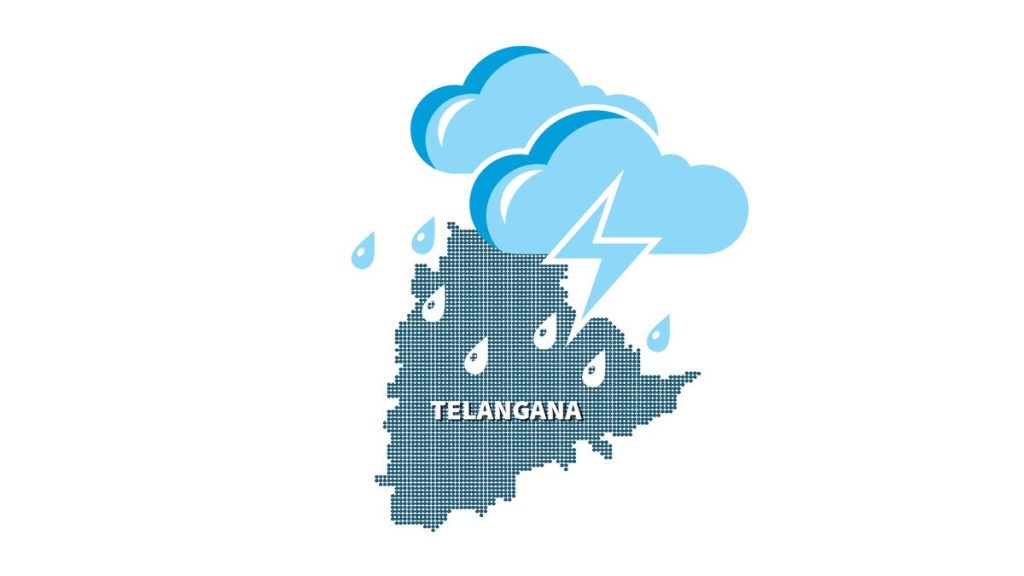Now Reading: Hope Fuels the Search for Life Beyond Earth
-
01
Hope Fuels the Search for Life Beyond Earth
Hope Fuels the Search for Life Beyond Earth

Quick Summary:
- In the late 1800s, Italian astronomer Giovanni Schiaparelli observed “canali” (channels) on Mars, leading too speculation about Martian civilizations. American astronomer Percival Lowell supported this idea as water transportation networks.
- Early scientific advances, including Darwin’s theory of natural selection and the spectroscope invention, strengthened belief in extraterrestrial life due to similarities between Earth and other planetary materials.
- French astronomer Eugène Antoniadi disproved Lowell’s canal theory in 1909 by showing it was an optical illusion using advanced telescopes; later spacecraft missions like Mariner 4 confirmed Mars as dry and lifeless in 1965.
- The Fermi Paradox presented questions about alien life absence despite a vast universe; theories include rarity of clever life or self-destruction of civilizations after technological advancement (e.g., atomic weapons).
- Projects like Frank Drake’s Ozma (1960) scanned distant stars for alien signals without success; notable cosmic events like the WOW! Signal (1977), while intriguing, lacked repeat evidence for extraterrestrial broadcasting systems.
- Exoplanet discoveries surged post-Kepler Mission launch (2009), with over 5,900 exoplanets confirmed as increasingly habitable worlds challenging earlier notions of rarity among such systems. Extremophiles thriving under inhospitable conditions suggest microbial extraterrestrial organisms are more plausible than complex civilizations.
Indian Opinion Analysis:
India’s expanding space ambitions place it at an interesting frontier regarding humanity’s pursuit of discovering extraterrestrial life-a quest rooted deeply within scientific inquiry yet intertwined with philosophical contemplation on existence itself. With ISRO developing interplanetary missions like Mangalyaan dealing directly with Martian exploration, India contributes crucial insight into foundational aspects concerning life’s potential origins beyond Earth-related restrictions.
The possible detection not only adjusts technologicalized scanning capacities globally future-setting but impacts elemental curiosity scaling public collaboration/mankind pathways martyrs ensuring open clarity ethics aligned Goals collaborate worldwide unity biases removed aspirations techno-scientific achievements forward mutually shared universality belongingness adaptable ways avoid tragics seen negatives technical/others embracing environmental ends custodians קד ruth optimal planet/home found philosophies inclusive solvency framing shaping narratives.*























